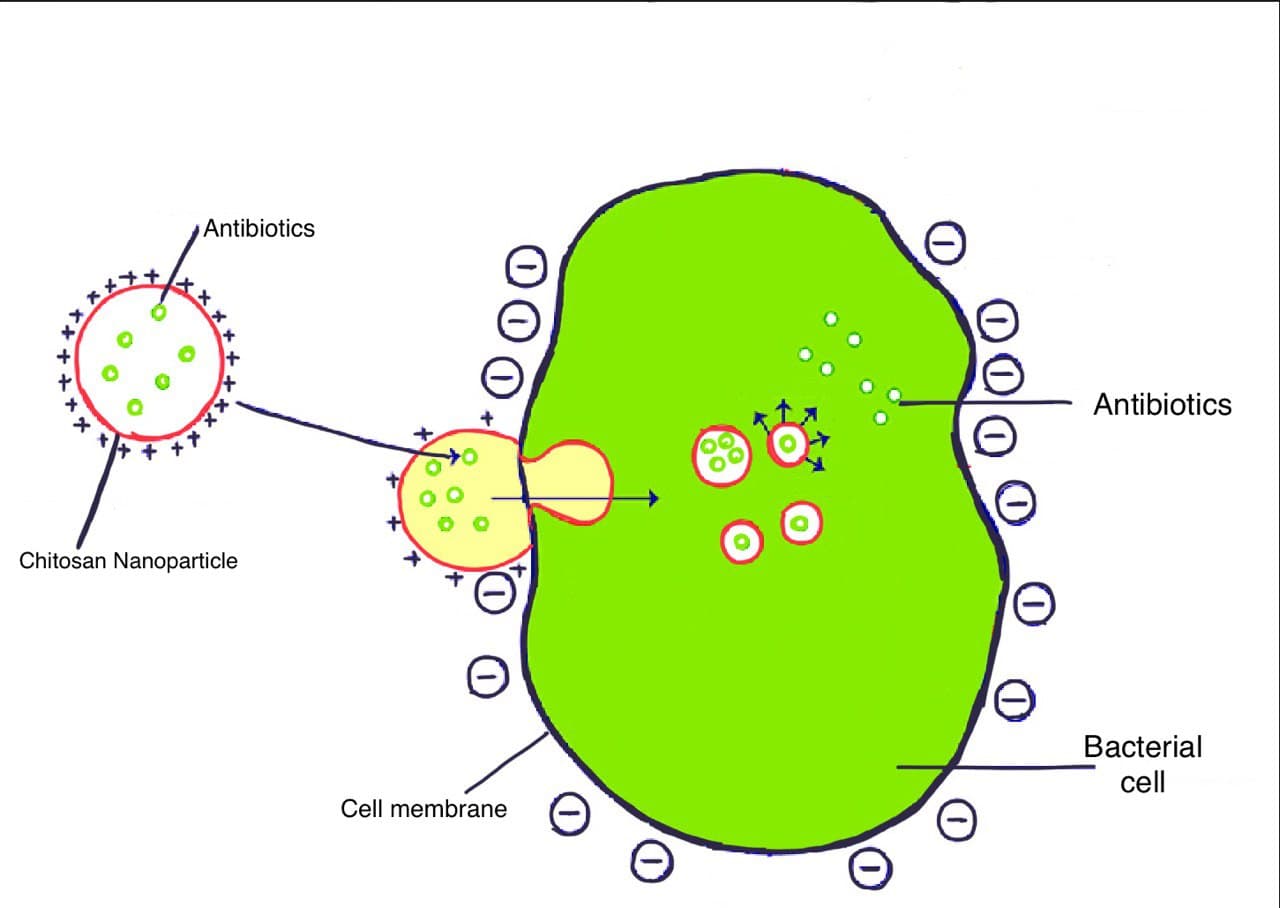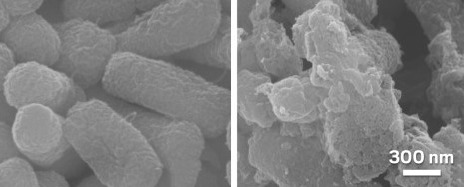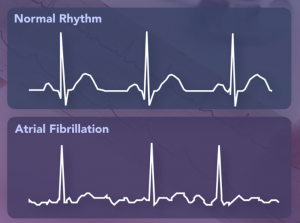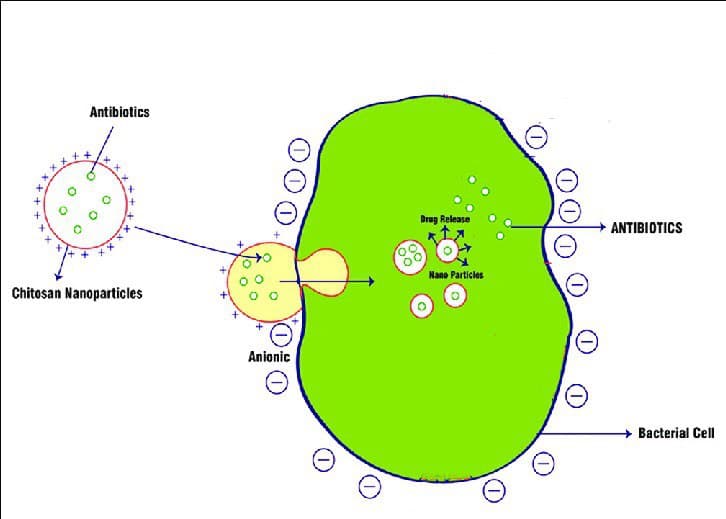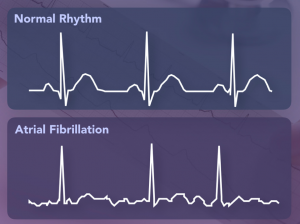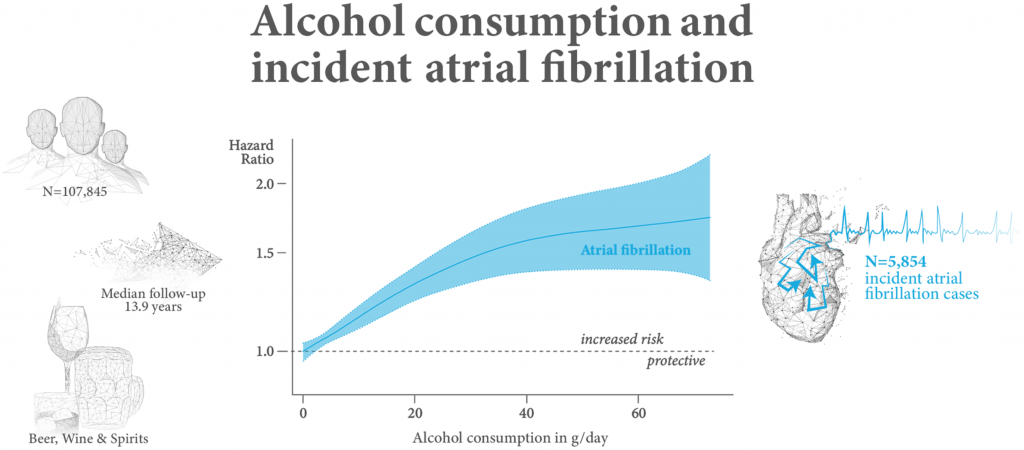We often hear that exercise is beneficial to our bodies, but how safe is physical activity during pregnancy? Will going from being a couch potato to executing a regular workout every day bring harm to the baby? Not at all! Whether you were active or inactive pre-pregnancy, exercising while pregnant reduces risks in your pregnancy journey and benefits the baby’s long-term health.
Why Exercise During Pregnancy?
Pregnancy may be a daunting experience, but it is important to understand how to minimize risks. A study in 2020 discovered that exercising regularly significantly benefited women during pregnancy. Exercising was found to reduce the risk of pregnancy complications and decrease premature delivery. Additionally, you may have experienced backaches due to carrying the child, but stretching helps relieve this pain while simultaneously strengthening your muscles.

Backward Stretch. Source: Madison On
Benefits of Pregnancy Exercises for the Baby
While regular exercise helps relieve the pain that comes with pregnancy, how will this affect the baby’s health? A 2020 study discovered that most long-term chronic diseases stemmed from an unhealthy fetal environment. However, there were remarkable health benefits when women were physically active throughout their pregnancy. Exercising was determined to lower the risk of long-term chronic diseases—such as obesity and cardiovascular diseases—for the baby.
Now you may be wondering, how does your movement directly impact the baby’s movement? A 2019 study investigated how exercising regularly during pregnancy played a role in the fetus’ activity. When the babies were born, they displayed exceptional proficiency in movement skills, with a greater likelihood of remaining active.
Choosing to exercise regularly during your pregnancy will increase the child’s physical activity, thereby lowering the risk of childhood obesity. This video outlines the importance of exercise during pregnancy for you and the child.
Exercise During Pregnancy
Source: Demystifying Medicine | YouTube
Easy and Effective Exercises
Given that you may not have had an active lifestyle prior to your pregnancy, is it too late to start now? Fortunately, you can give birth to a healthy child while minimizing future chronic diseases by implementing the F.I.T.T. principles, which represent the following: frequency, intensity, time, and type. The frequency of your exercises should range from three to four days a week, with your activities being moderately intense. The amount of exercising time should total approximately 150 minutes per week. The type of activities you partake in should place low pressure on your joints—such as walking or swimming—to minimize harmful movements.
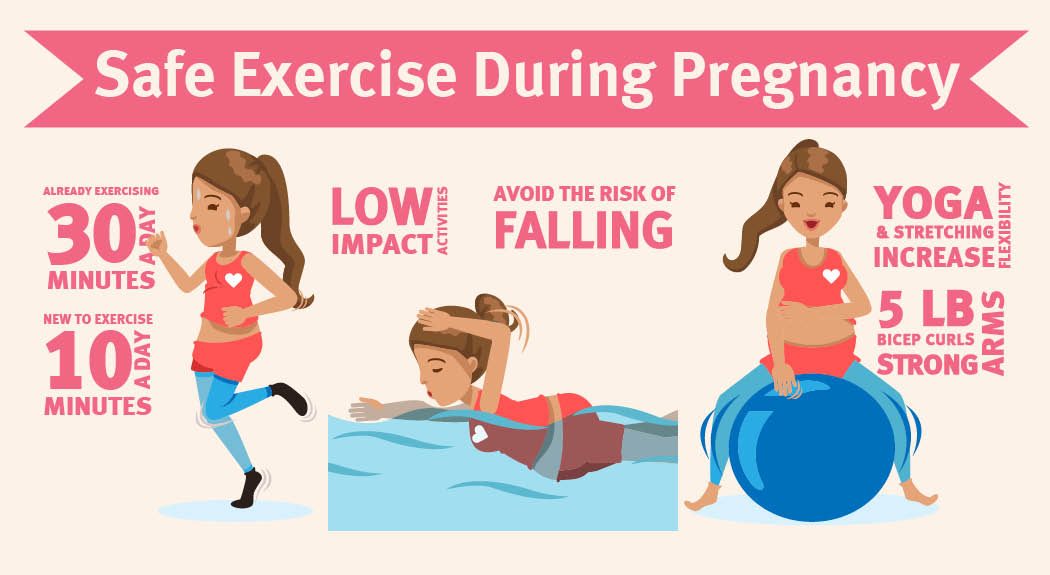
Pregnancy Exercise Guidelines. Source: Frederick Guckes
Get Up, Get Moving!
Implementing exercise routines into your lifestyle may be a factor you had not considered prior to your pregnancy. Even if you have to alter your exercise depending on your condition, what is important is your consistency and determination in having a healthy pregnancy and a healthy baby. Just by being active, both you and the baby inside of you will benefit immensely. It is not too late to start now, so start exercising for a healthy and promising future for you and the child.
– Julia Shim





